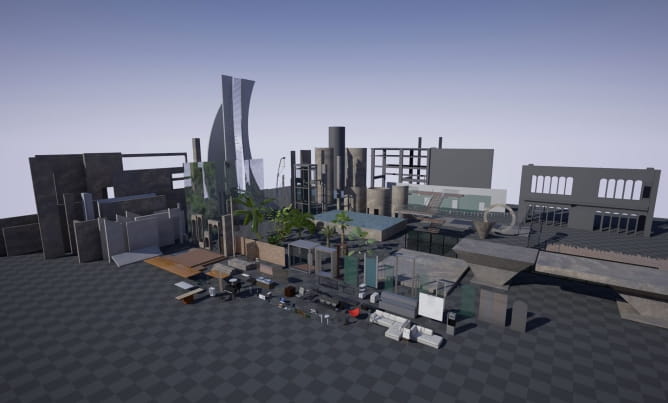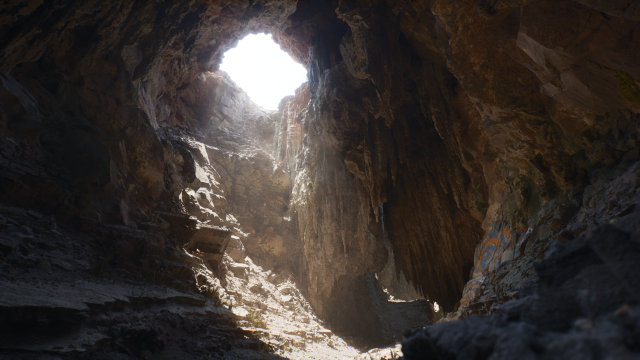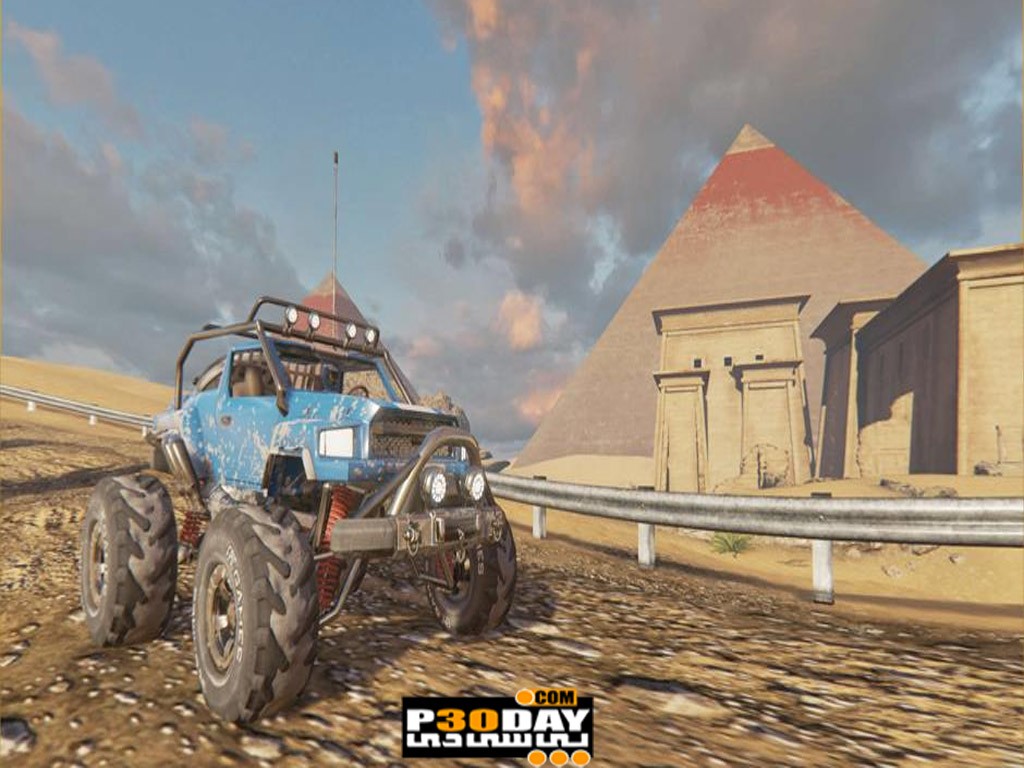

If you try to play in VR Preview you your project, you will notice that the pose of the vive Tracker is not updated. In this case, we need to set the Motion Source to “Special 1” as this is the motion source used for Vive Trackers. We will also add a MotionController Component for the Vive Tracker. We will also tick the box that automatically renders the device model for us in the application. If you don't like to read instructions here is a video instead.įirst of all, we will use a Blueprint Pawn named “VRPawn” and add 2 MotionController Components, one for each of the Vive Controllers.įor the Right Controller, we will set the Motion Source to “Right” and for the Left Controller to “Left”. So let’s start with our Unreal Engine Project for the 1st scenario.

You will be able to see the vive tracker on your vive console.

In this case, we want to pair a different type of device ( a tracker) so you need to click on the button “I want to pair a different type of Controller” and select the HTC Vive Tracker from the available options.Īfter that press and hold the vive tracker System Button (where the Vive logo is) until the device is paired. To do that, go to Devices → Pair Controller and a window will pop up asking you to pair an HTC Vive Controller. If you haven’t used a Vive Tracker with SteamVR before, you will need to pair the Vive Tracker with SteamVR so that it can be recognised as a tracking device in the SteamVR console. In both cases we will need a Vive Tracker. Therefore you will need to use 1 Vive Controller and a Vive Tracker or just a Vive Tracker depending on your application use case. You can use 2x controllers and simultaneously get input from connected trackers, as long as you use SteamVR 1.16.8 or a newer version. At the moment there is a limitation with SteamVR Input so you can’t get input simultaneously from 2 Vive Controllers and a Vive Tracker. Scenario 2: we will use the Vive Tracker's pose and and detect input commands from the POGO pins.

In this case, 2 Vive controllers will handle the user input while the tracker’s pose will be updated in the engine according to the physical device. Scenario 1: we will only use the position and orientation of the Vive Tracker in the engine, without adding any input command events for the Pogo Pins. In this post I am going to show you how to do both using Unreal Engine 4.24. The HTC VIVE Tracker allows you to not only track objects in VR (getting tracker pose in real-time) but also use the POGO pins to simulate input buttons (Grip/Trigger/Trackpad/Menu) as if you were using a Vive controller.


 0 kommentar(er)
0 kommentar(er)
